I quite enjoyed reading their in-depth tech coverage. Especially, in the early days when theyvcovered smartphones. There won’t be a 2nd anandtech in history for a long time to come.
They should release their articles as a torrent to conserve the long history of anandtech.



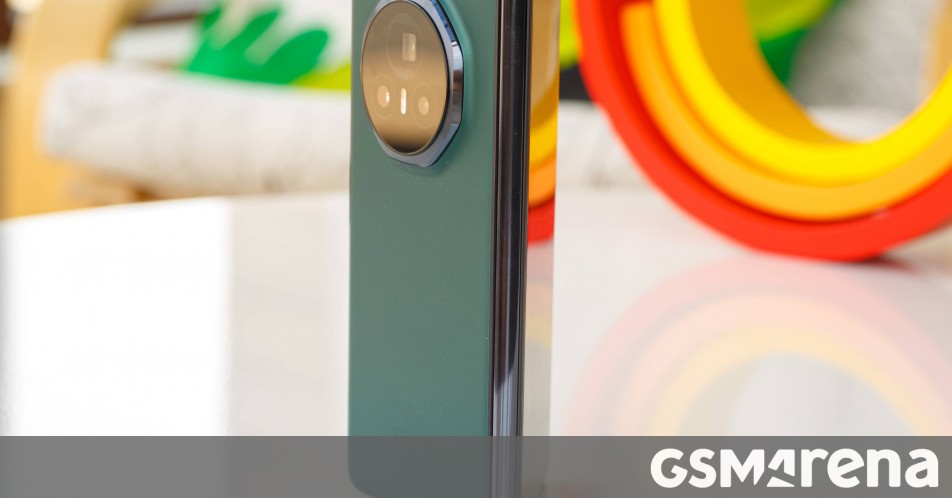

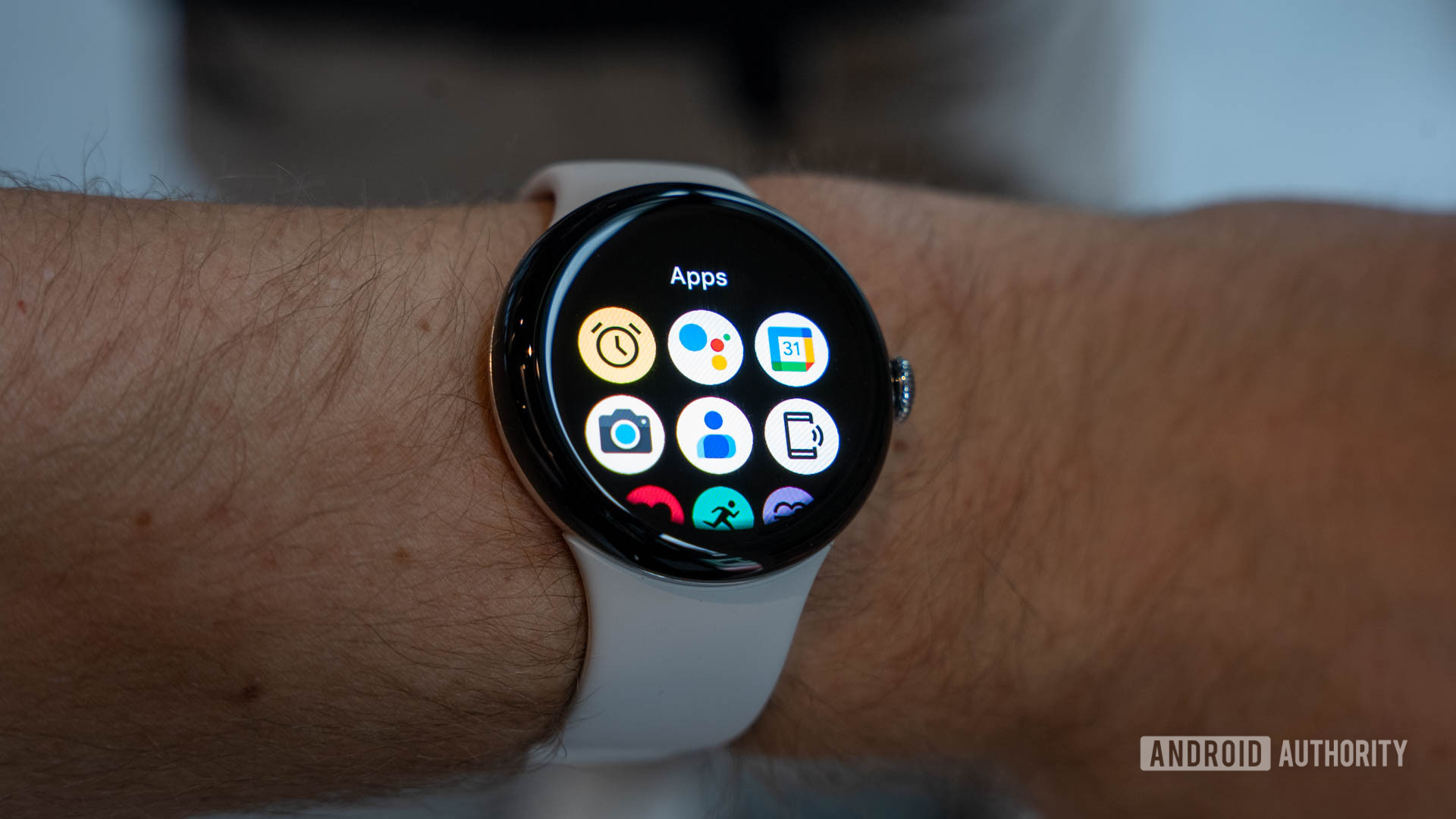
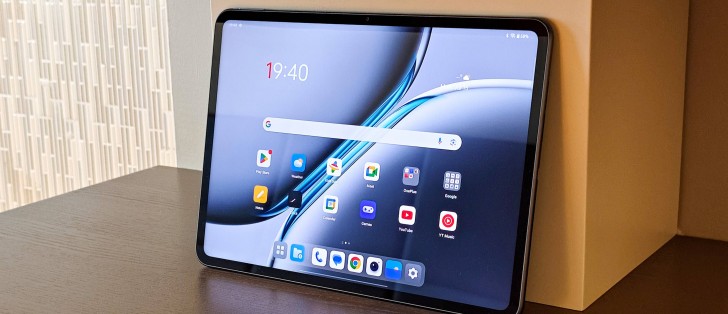
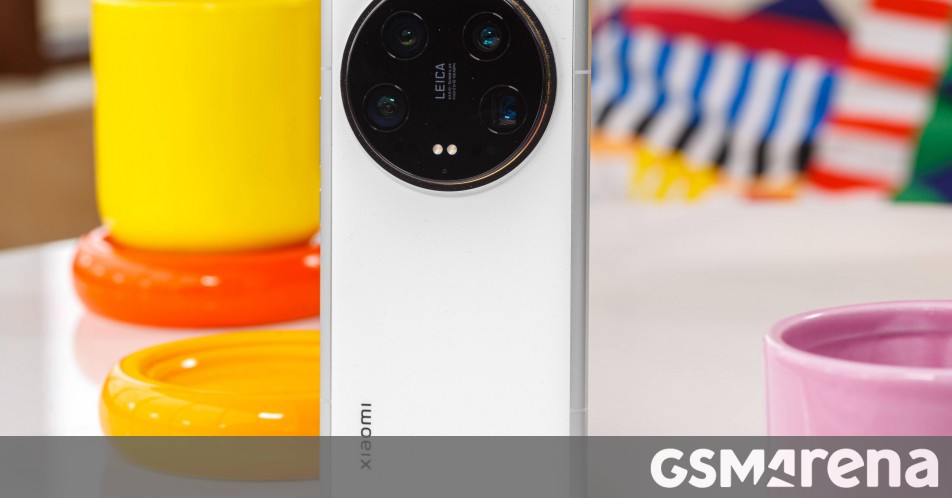
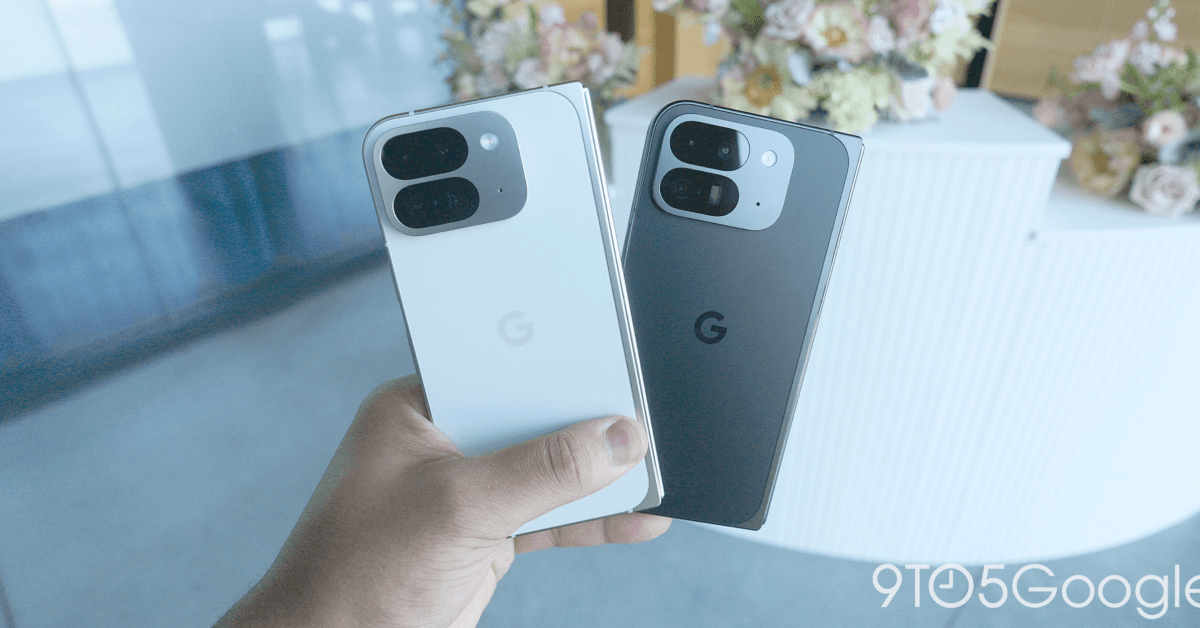
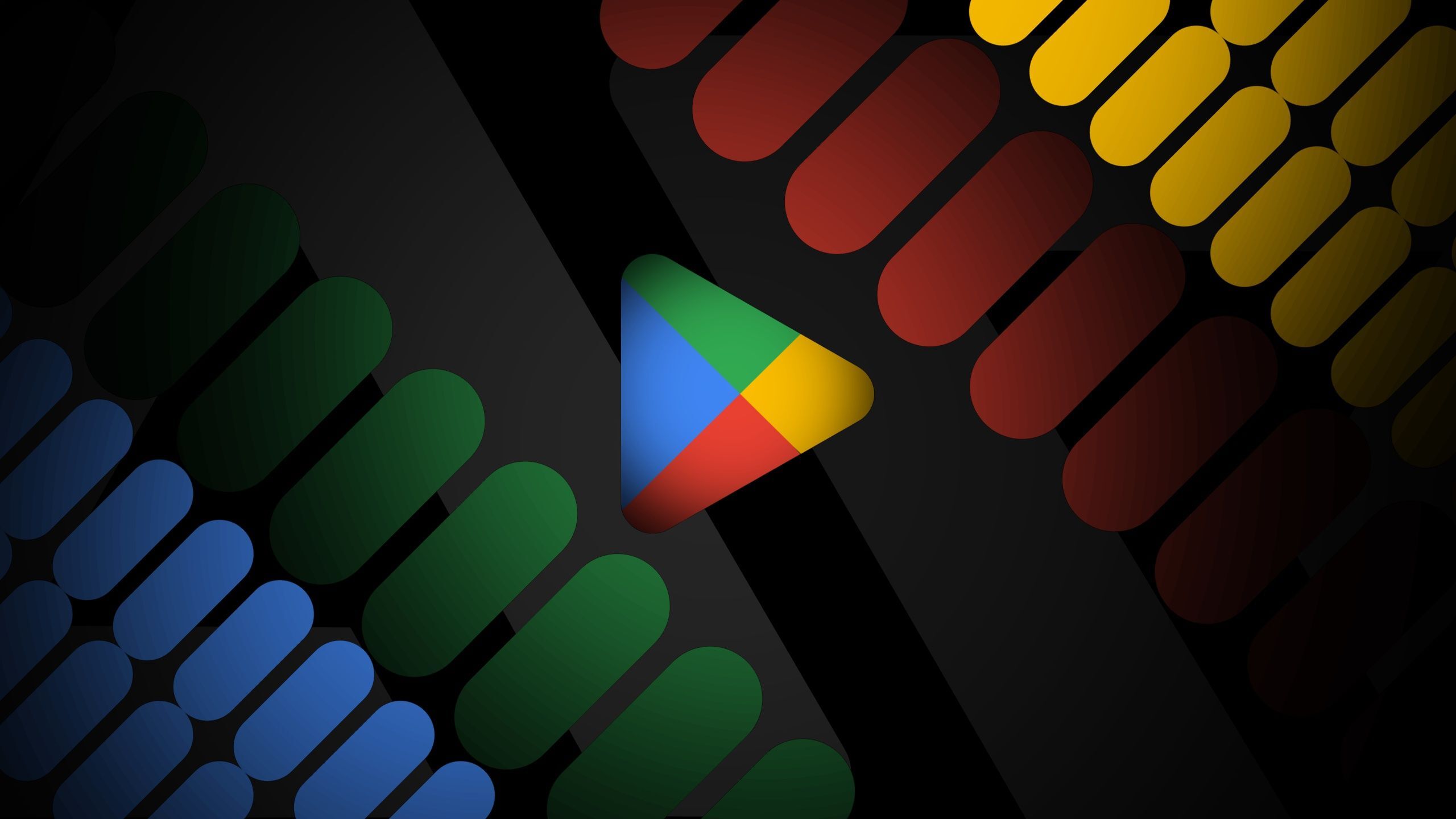

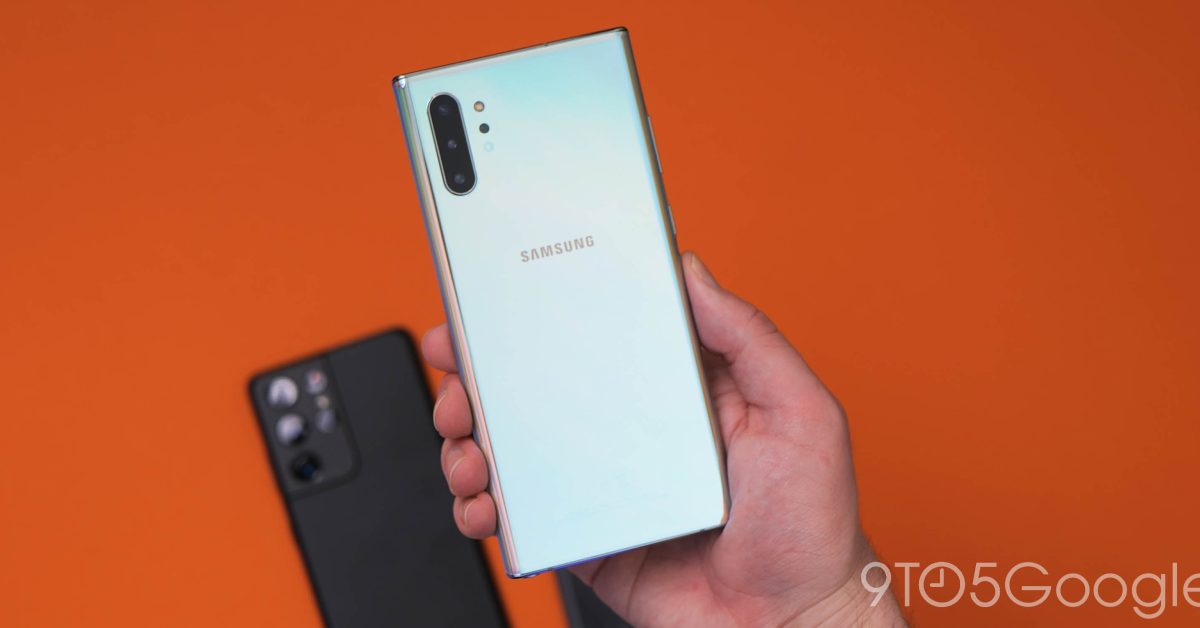
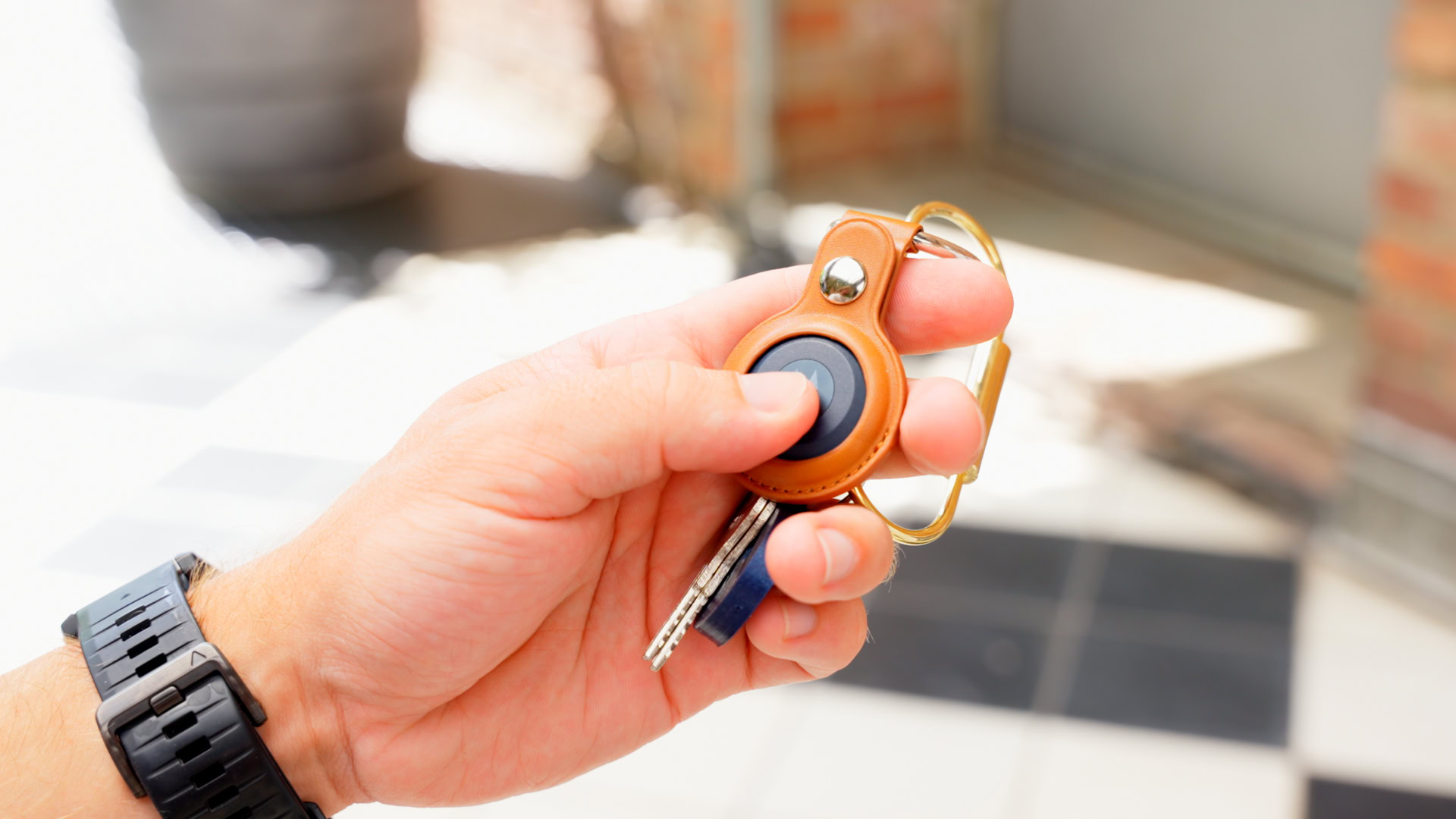
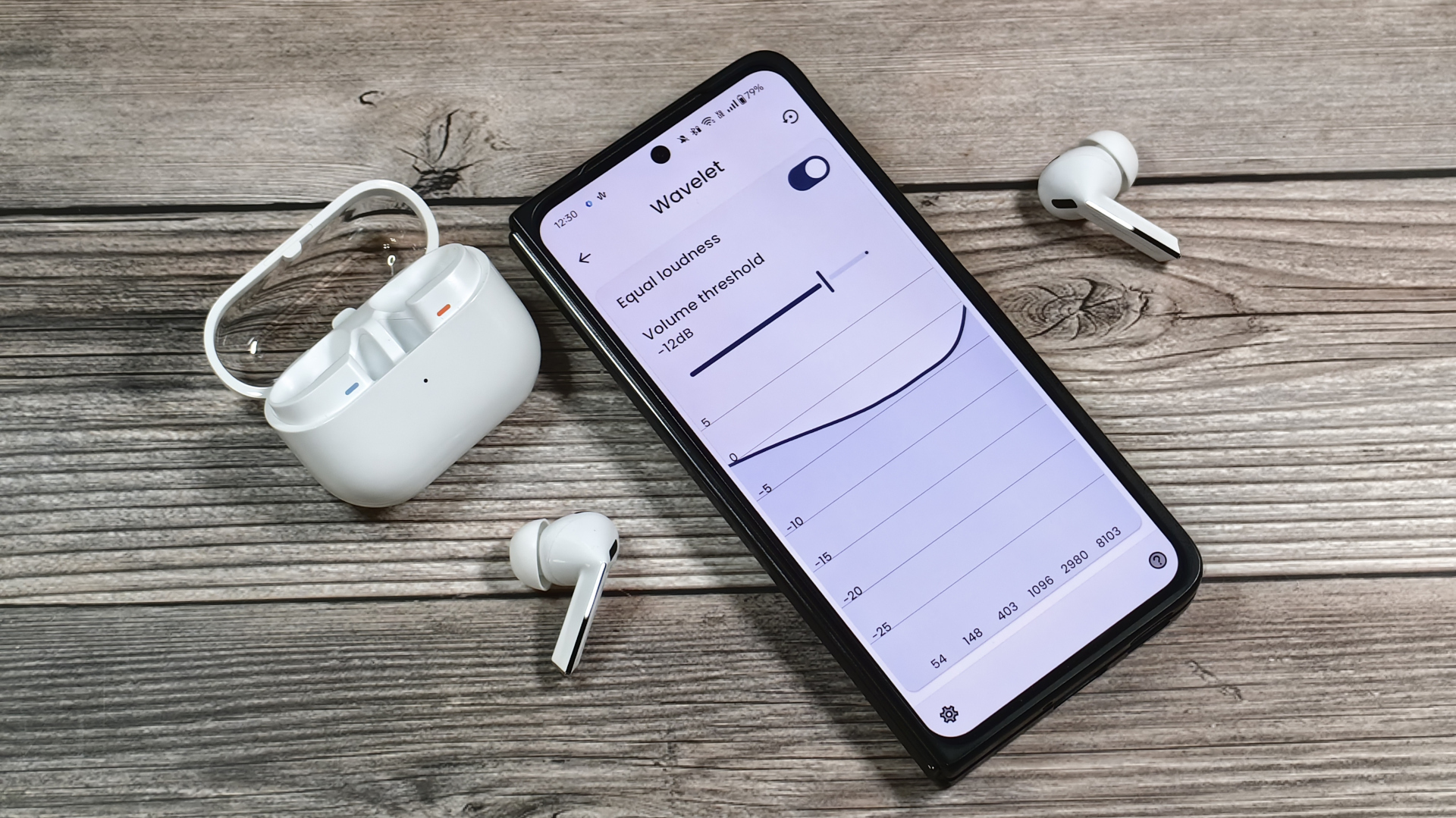
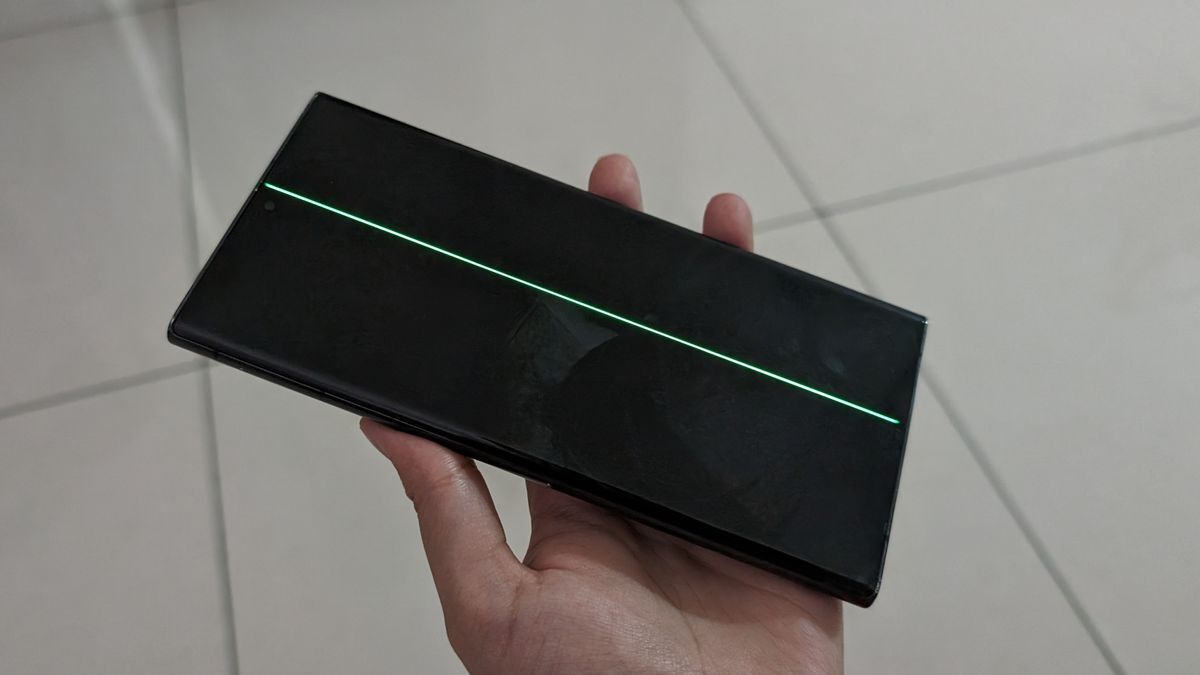



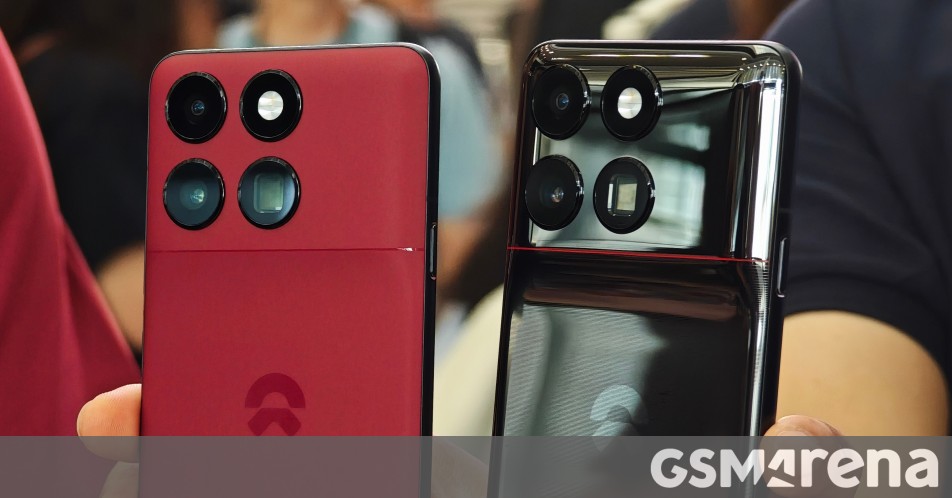
According to the below two articles. It’s 1-5 meters in optimal conditions. And some of it may require additional hardware for tracking.
https://www.u-blox.com/en/technologies/bluetooth-indoor-positioning
https://www.inpixon.com/technology/standards/bluetooth-low-energy